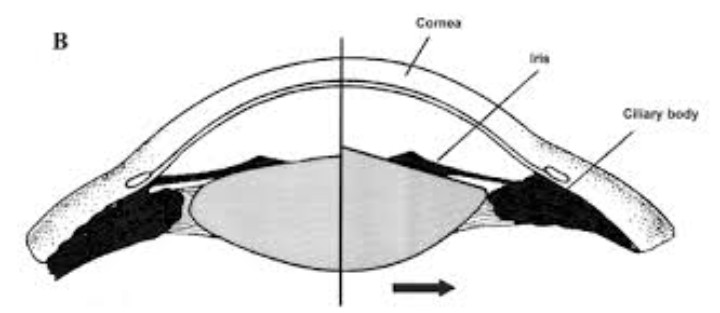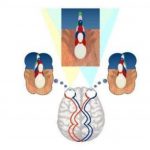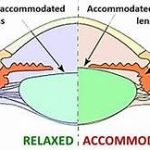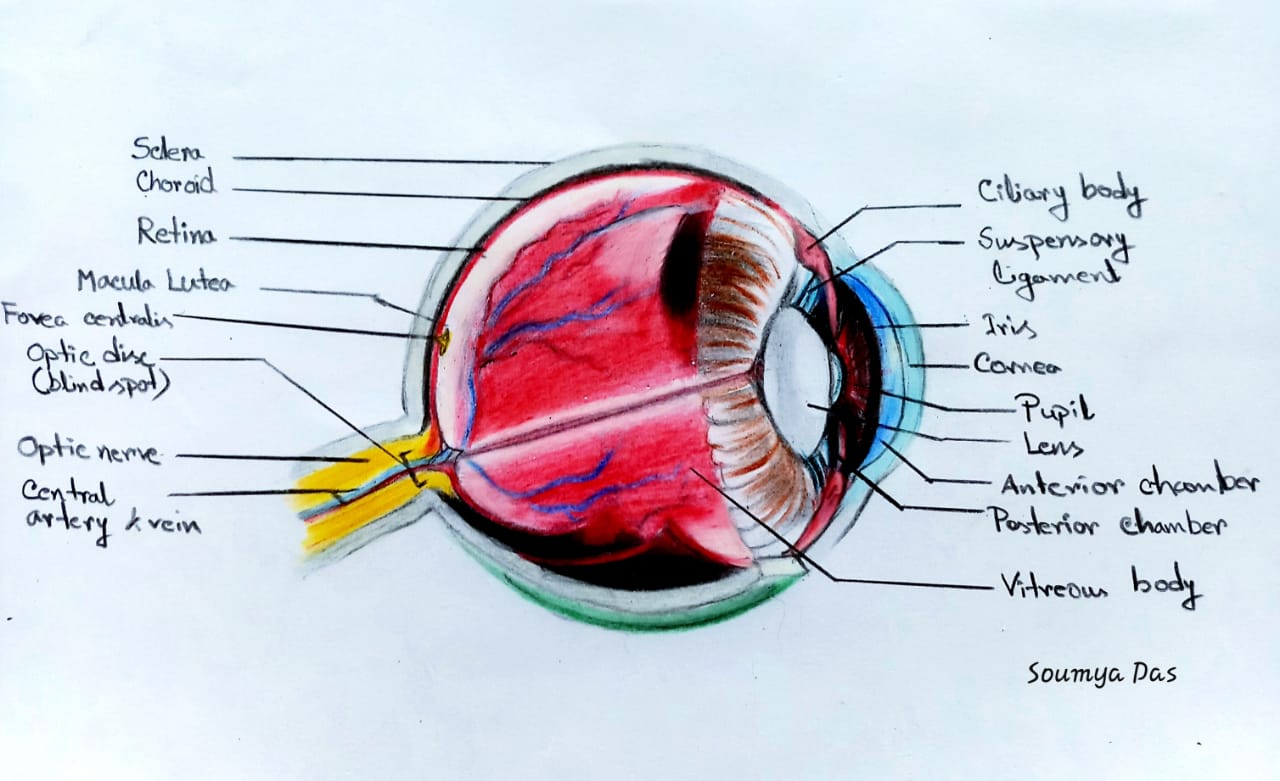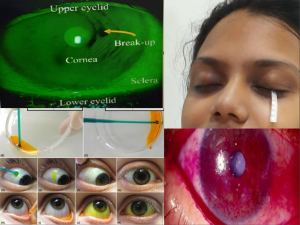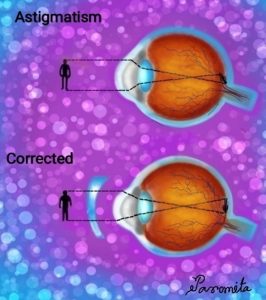The mechanism whereby the converging power of the eye is increased so that a distinct image is still retained is called ACCOMMODATION.
(Ref: Duke-Elder & David Abrams)
ACCOMMODATION refers to the process whereby changes in the dioptric power of the crystalline lens occur so that an in-focus retinal image of an object of regard is obtained and maintained at the high-resolution fovea.
(Ref: Boris’s Clinical Refraction)
Accommodation is the ability to increase the refractive power of optical system of the eye by changing the shape of crystalline lens.
(Ref: Khurana physiology)
Accommodation is the mechanism by which the eye changes refractive power by altering the shape of lens in order to focus objects at variable distances.
The word accommodation was introduced by C.A. Burow in 1841.
Before that it was called as adaptation (Coblenz 1835-40)

#Theories of Accommodation
- Vitreous theory Cramer’s Theory.
- Muller’s Theory
- Von Helmholtz’s Theory
- Tscherning’s theory and modified Theory
- Coleman’s Theory
- Schachar’s Theory
- Gullstrand’s Model
- Johnson’s Theory
Cramer’s theory (Vitreous theory):
->Ciliary muscle contraction acted on choroid.
->Compressed the vitreous against the posterior cystalline lens.
->Iris resist the subsequent less pressure.
->Anterior surface of the crystalline lens in the pupillary area increases in Curvature.
Muller’s Theory: (The circular muscle theory, 1854)
Contraction of ciliary muscle mainly the circular muscle of ciliary body – pulled vitreous forward – forcing the lens to move forward – resulting power increase.
Von Helmholtz’s Theory: (Relaxation theory or Capsuler theory,1856)
During Distance Vision=
Unaccommodated state
- Ciliary muscle relaxed
- Increase zonular tension
- Pulling the crystalline lens outwards at the equator
- Crystalline Lens flattened.
During Near Vision =
Accommodated state
- Ciliary muscle contracts
- Decreased zonular tension (relaxed)
- Slackening or Relaxation of tension of the elastic lens capsule
- Increase in curvature (anterior surface) of crystalline lens.
- Decrease in equatorial diameter and increase lens thickness.
- Crystalline lens become more spheric in nature and the total diaptic power of the eye increase (it depenes upon physiological state of the eye and age of an individual person).
Tscherning’s theory: (Zonular Contraction theory, 1894)
Ciliary muscle contract – increase of zonular tension at the lens equator – central part of anterior surface of crystalline lens is bulged without changing lens thickness Or diameter.
Tscherning’s modified theory: Crystalline lens thickness increase during accommodation and ciliary muscle contraction causes increased zonular traction.
Coleman’s Theory: (Hydraulic suspension theory 1970-1986)
A unified model for accommodation. Coleman stated that ciliary body is the ‘driving force for a predictable degree of accommodation.’
Lens, zonules and anterior vitreous make a hammock like diaphragm between aqueous and vitreous.
- Ciliary muscle contracts
- Pressure in vitreous increase
- pressure decrease in aqueous
- Pressure gradient produced which is act as a hydraulic shift.
- Release of tension on zonular fibres and hydraulic shift of crystalline lens will produce a steeper anterior lens curvature.
- Vitreous prevent posterior polar movement of lens.
In presbyopia =
– Lens volume increase.
– Reduced response to pressure gradient created by ciliary body contraction.
Schachar’s theory: (equatorial zonular tension theory,1992)
Ciliary muscle contracts-equatorial zonular tension is increased-steepening of central surfaces of crystalline lens- antero posterior diameter of the lens increase-anterior and posterior zonules are simultaneously relaxing-peripheral surface of lens flatten.
According to Gullstrand’s Model- (Capsular elasticity+ intracapsular force)
-> Elastic force of the choroid make restoring force to ciliary muscle.
-> The capsule was responsible for the elasticity of the crystalline lens capsule was thicker at the peripheral surfaces than the central polar surface. Thus, helping the lens poles to become steeper in curvature>peripheral surface.
Johnson’s Theory: Compression of fluid in between the equator of the lens and the ciliary body circumlental space) with bulging of anterior lens surface and anterior movement of lens.
Conclusion: The Von Helmholtz capsular theory is probably most widely accepted. Glasser and Kaufman have provided strong support for classical Helmholtz theory namely that upon accommodative effort, contraction of ciliary muscle releases zonular tension on the equatorial crystalline lens, allowing the lens to assume more spherical geometry.
